20 Best Ear Piercing Design Ideas for 2025
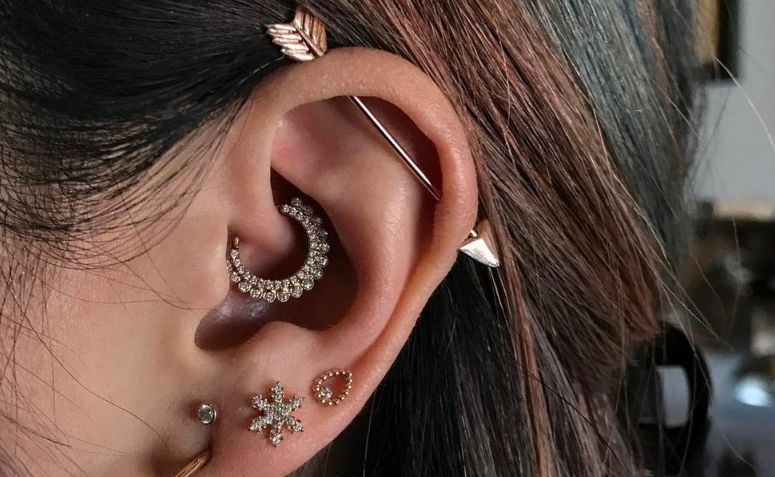
Ear piercings are among the most popular forms of body modification. It’s possible to pierce almost any part of the outer ear, although lobes are by far the most common.
Ear piercing is a technique that was practiced by many ancient cultures. The earring is part of many traditional customs. With the advent of modern medicine, the risks associated with ear piercing have been significantly reduced. Ear piercings are different from other types of body piercings because they are difficult to hide. Some employers prohibit visible body piercings or require employees to remove body jewelry during work hours.
Table of Contents
1. Cute Ear Piercings
If you want to make your ears look even more beautiful, then you should try to get cute ear piercings. There are a lot of different types of ear piercings that you can get, but the best one is the tragus piercing. This is because a tragus piercing will make your whole ear look amazing.
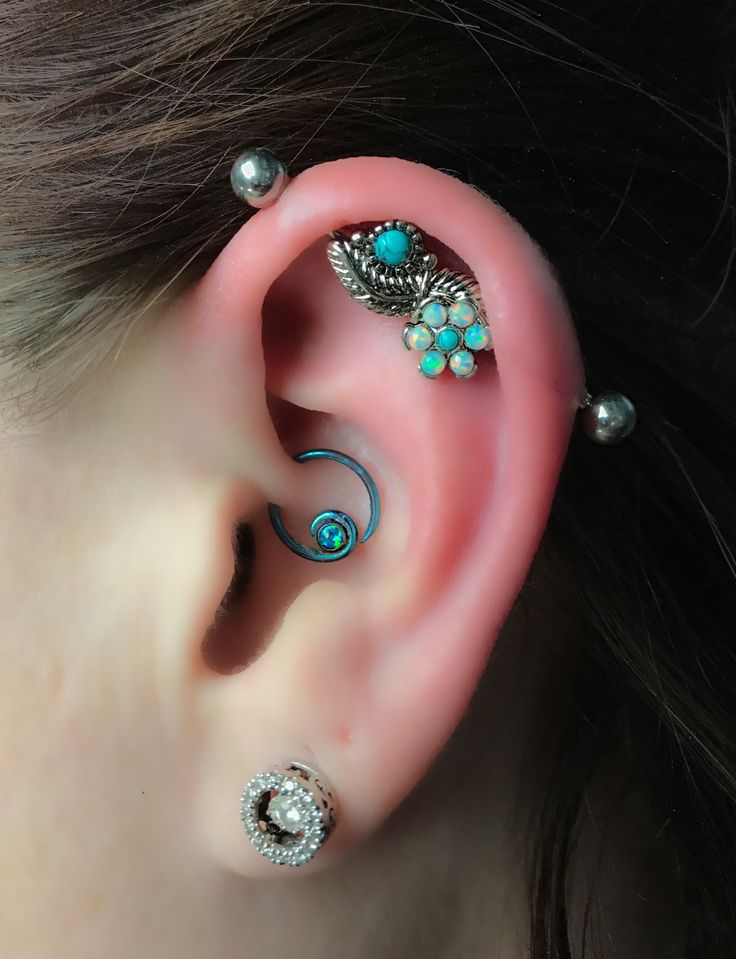
2. Anti-Tragus Piercing
An anti-tragus piercing is an ear piercing that passes through the anti-tragus, which is the small flap of cartilage directly across from the tragus. The anti-tragus is located on the outer part of the ear and above the earlobe.
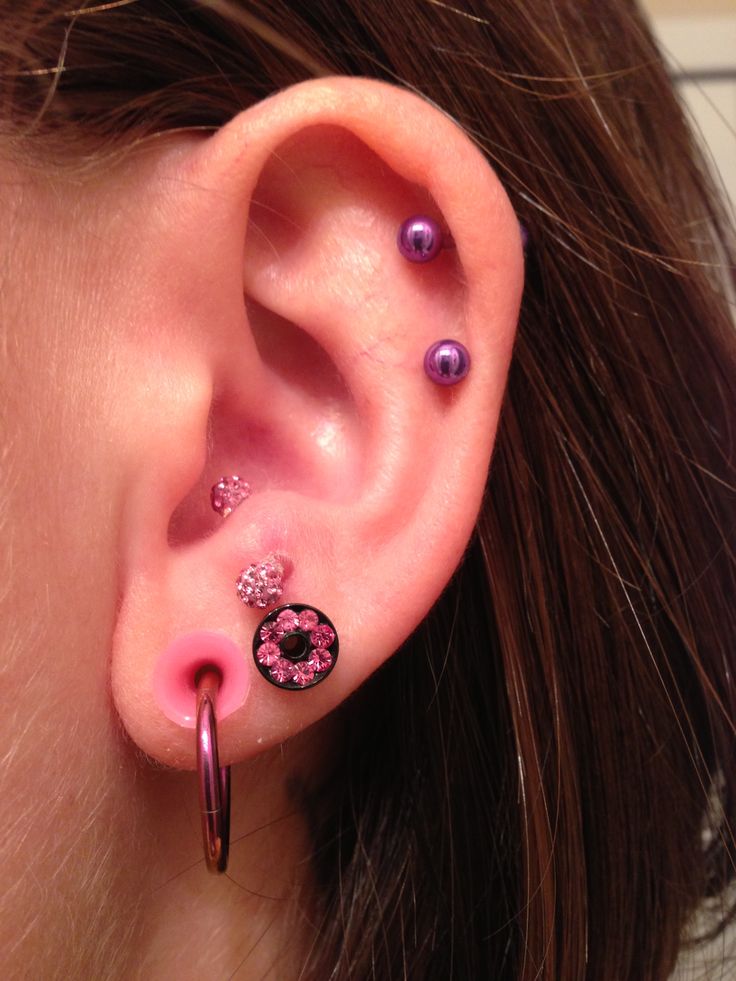
3. Cartilage Piercing
Cartilage piercings are a type of body piercing on the upper ear cartilage. They can be pierced at a number of locations on the ear, including directly through the earlobe, which is not considered cartilage. Cartilage piercings will not close if removed but may tighten during periods of extended disuse.
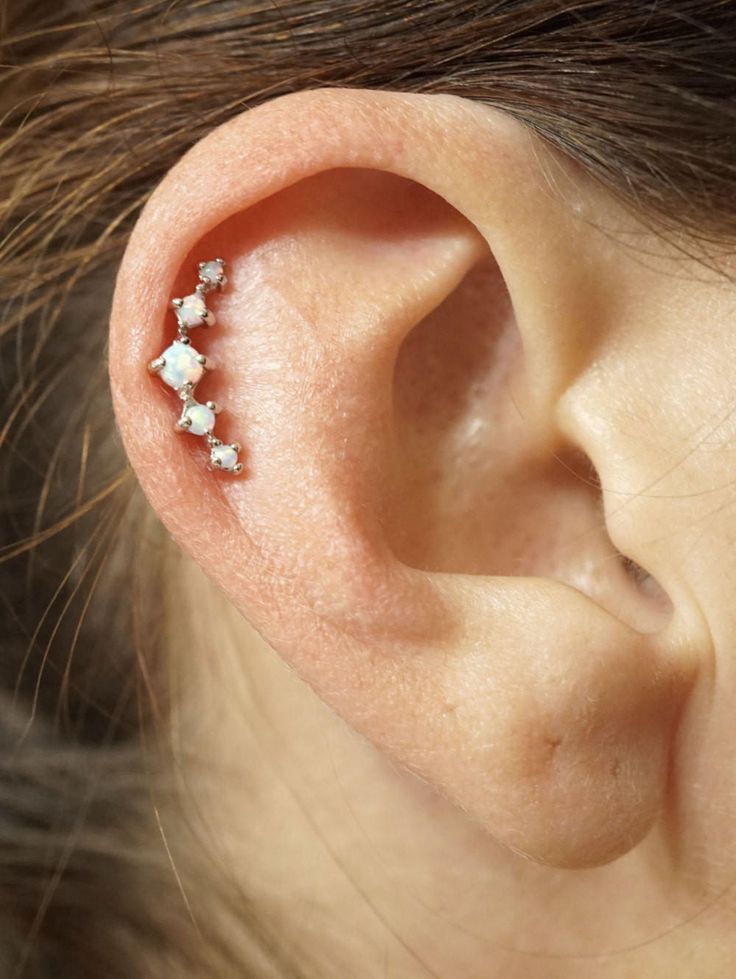
4. Conch Piercing
A conch piercing is a body piercing done in the conch area of the ear. It is done through the central part of the ear cartilage and is usually pierced with a curved barbell. The jewelry worn in a conch piercing can be either a stud or a hoop.
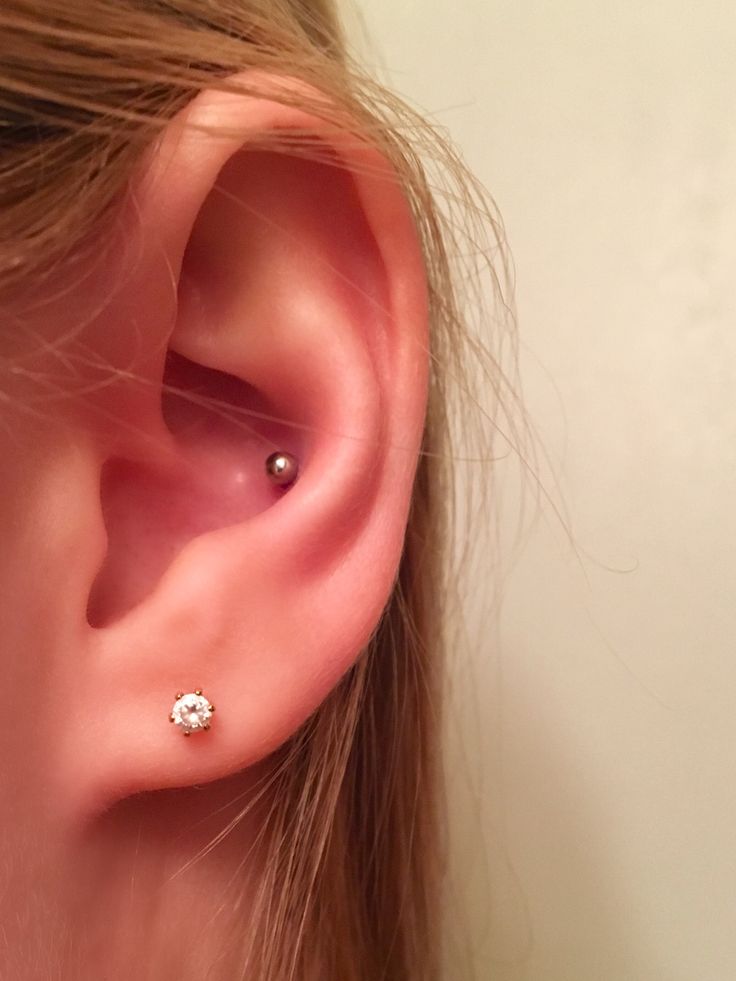
5. Daith Piercing
A daith piercing is a body piercing through the ear cartilage near the innermost fold. Daith piercings are popular with people who want to alleviate migraines and other headaches, but there has been no scientific evidence to support this idea.
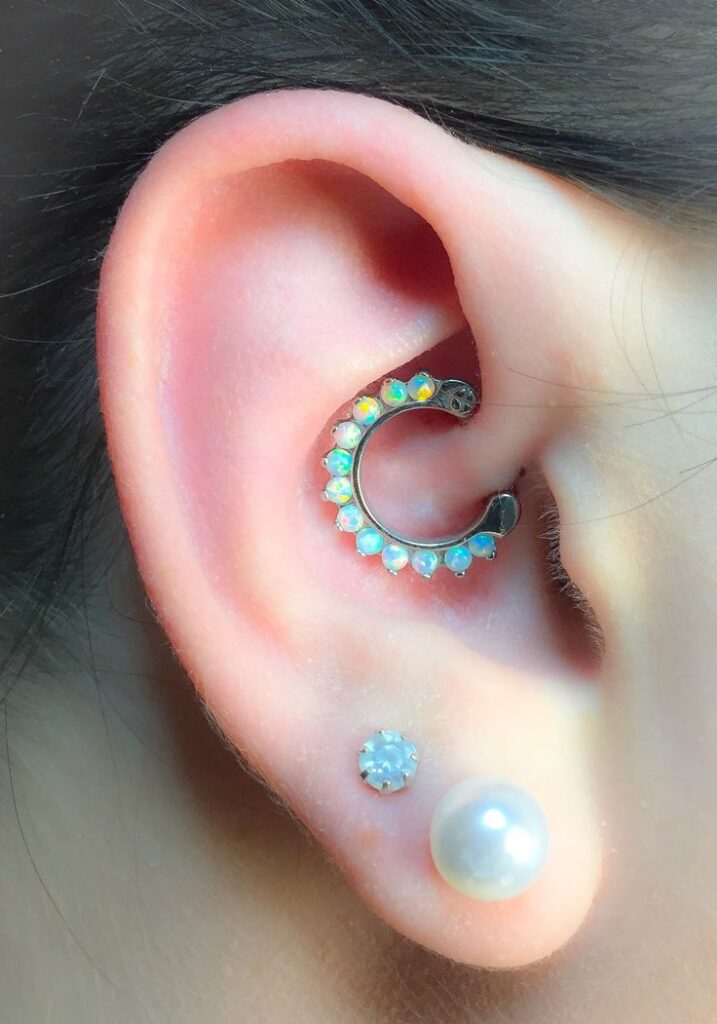
6. Double Ear Piercing
Double ear piercing is carried out by professional piercers using a sterile needle. The skin around the ear is pierced, creating an opening that allows jewelry to be worn in the ear. It is important to use a clean, high-quality needle since this can minimize swelling and bleeding.
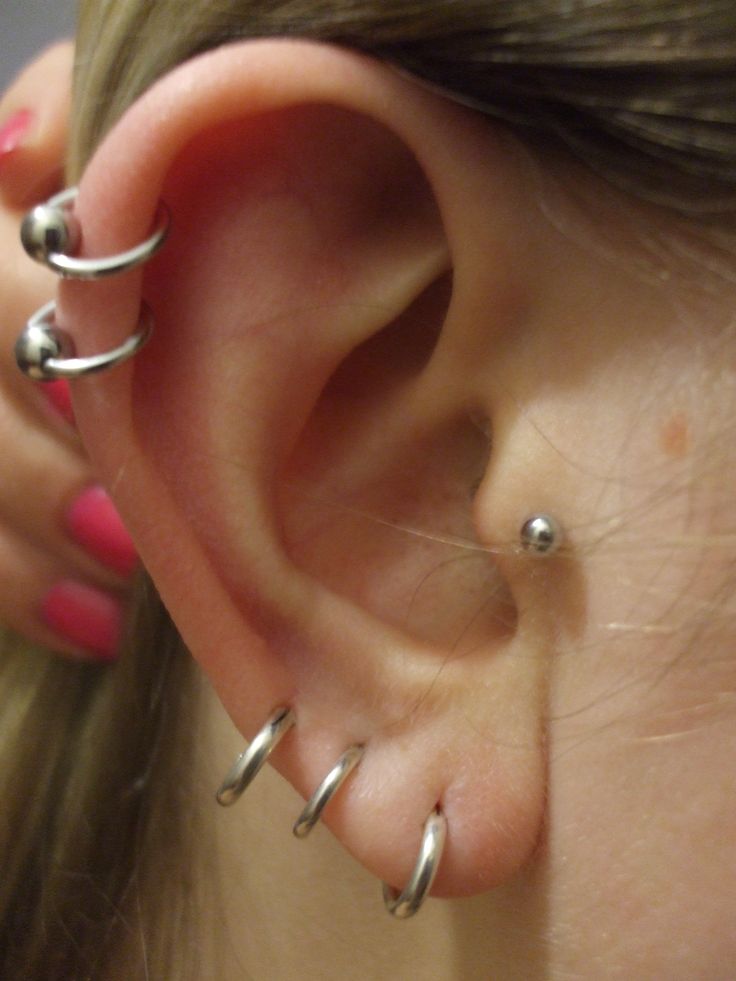
7. Forward Helix Piercing
A forward helix piercing generally doesn’t come with any long-term risks or negative effects; however, you may experience some bleeding during and after the procedure. Avoid playing with your jewelry for at least two weeks after getting your piercing. This will prevent infection and speed up the healing process.
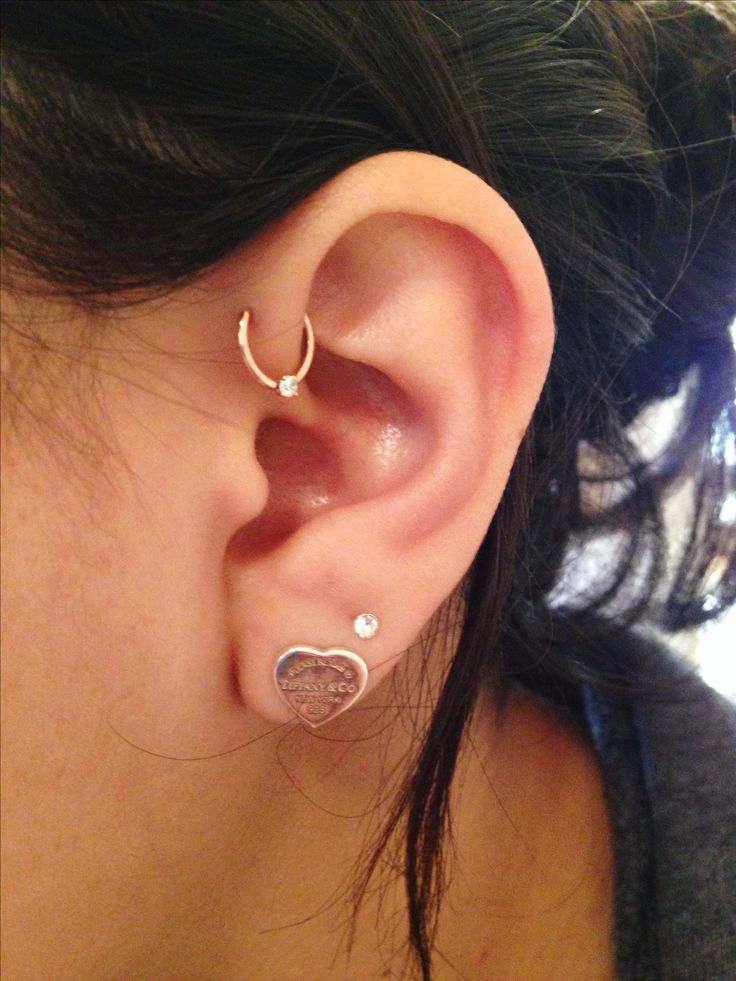
8. Full Ear Piercing
Full ear piercing is a procedure whereby ears are pierced with a needle, stud, or ring. The process is conducted at a low level of health risk. Full ear piercing provides a means for personal ornamentation and is attractive to some people in the same way that wearing jewelry is attractive.
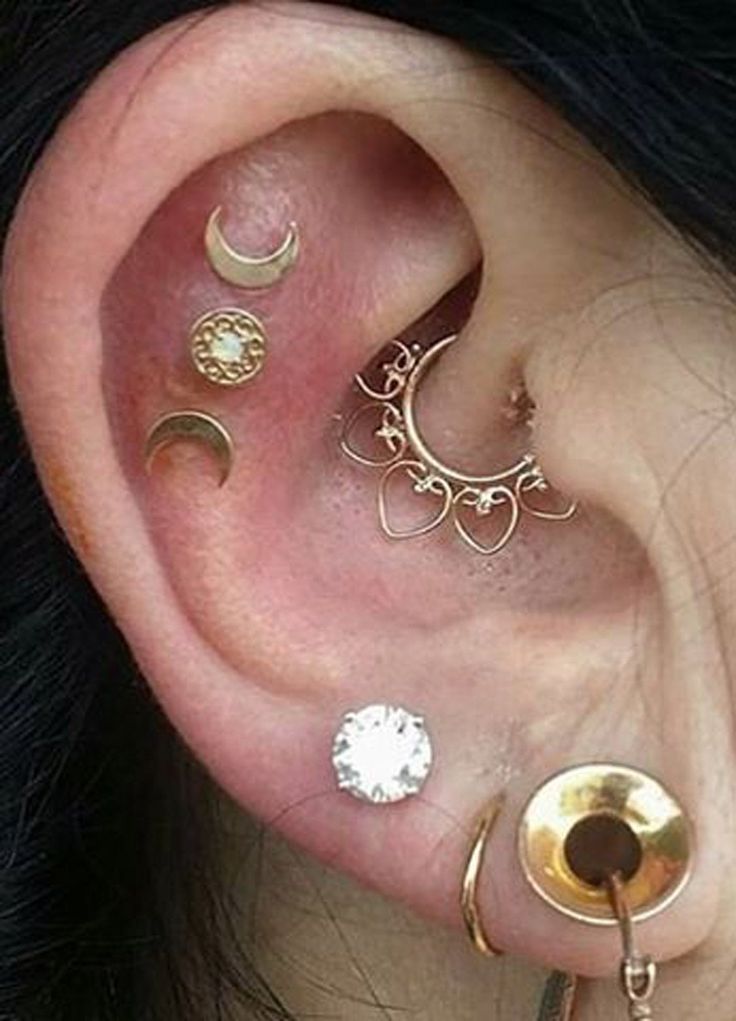
9. Helix Piercing
The helix is the upper, outer portion of your ear, where all those cute cartilage piercings happen. This area is also known as the pinna, and it’s the most popular spot for cartilage piercings.
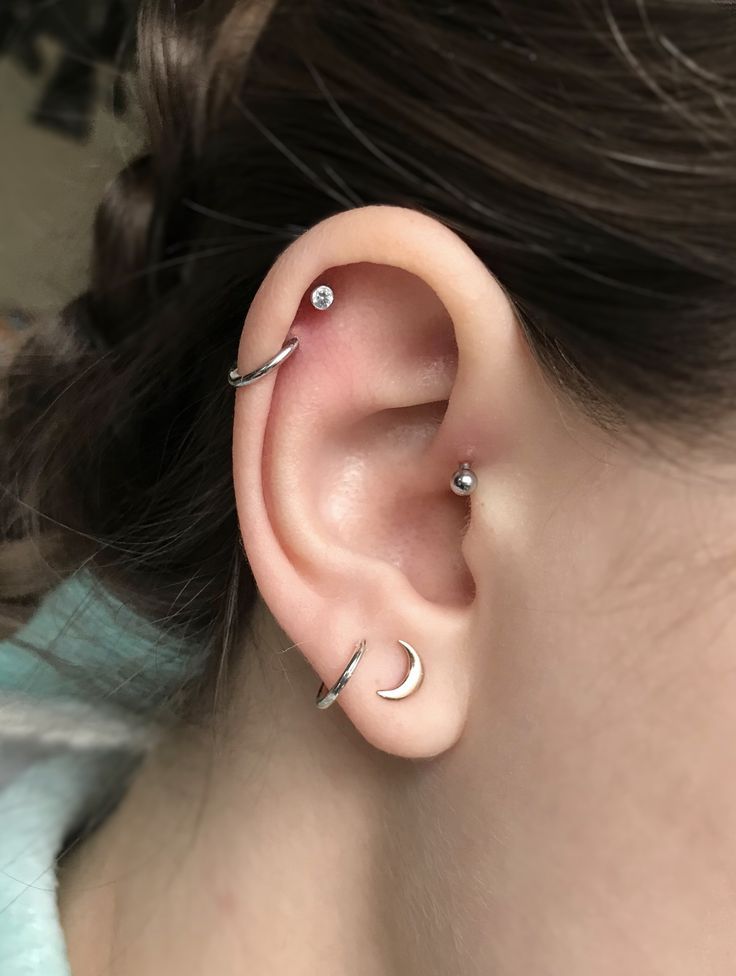
10. Industrial Piercing
Industrial piercings are one of the most popular forms of ear piercings. The industrial piercing is a double perforation done through the upper ear cartilage. The piercing procedure involves two perforations that are connected by a single straight barbell. It follows an oblique angle from the top part of the ear towards the bottom.
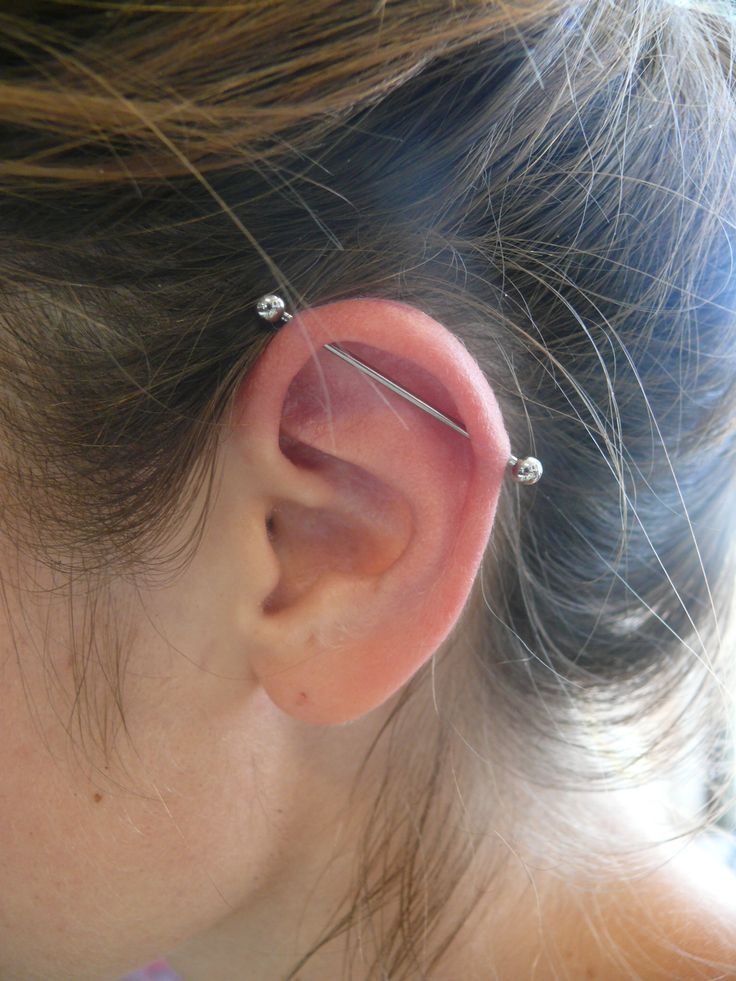
11. Lobe Piercing
Lobe piercing is the most common piercing in the world. The earlobe is a soft, fleshy part of the ear and can easily be pierced with a small gauge needle. There are many different styles of lobe piercings available.
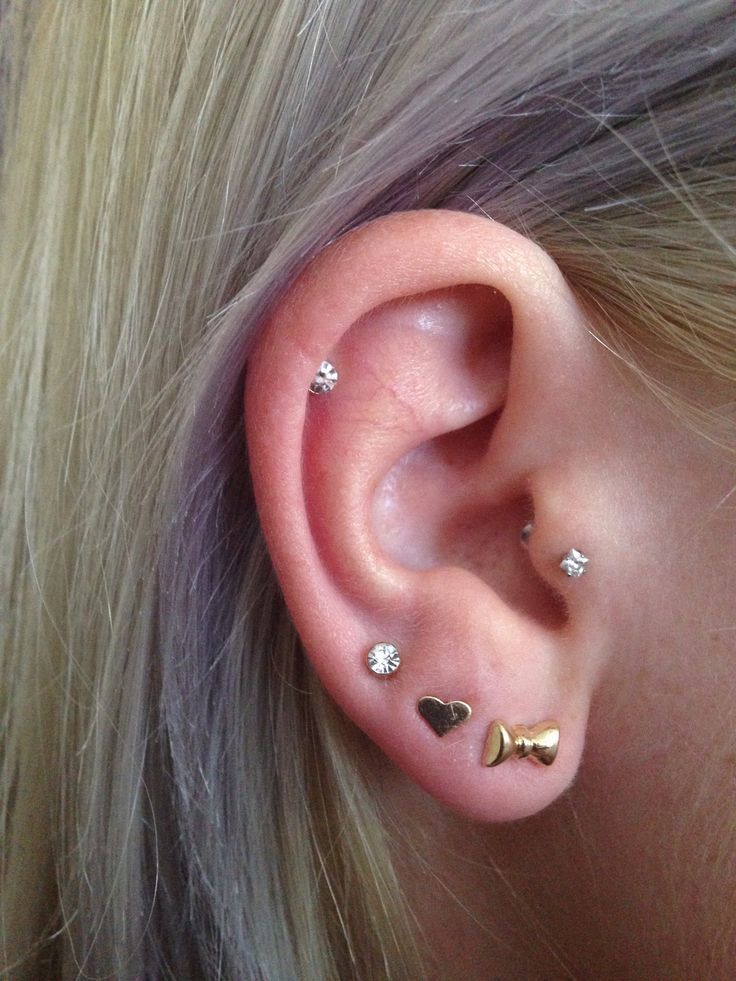
12. Orbital Piercing
Orbital piercings, which are also referred to as “orbitals,” “double perforations,” and “double piercings,” are a type of body piercing in which two separate holes are pierced close together and held together by a single piece of jewelry.
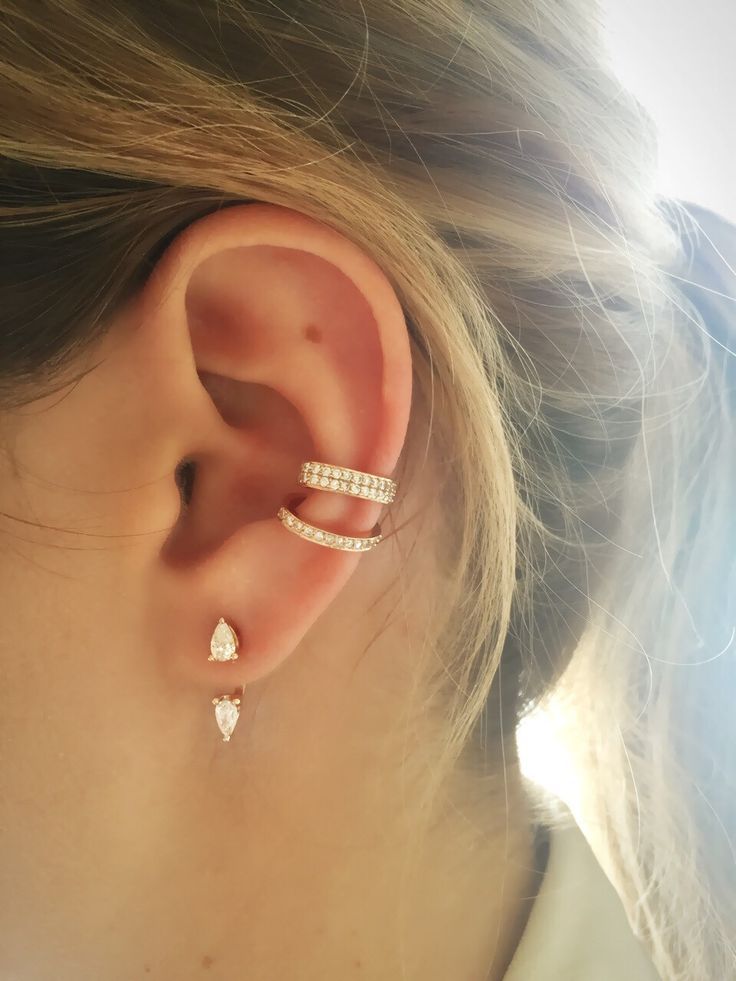
13. Rook Piercing
The rook piercing can be performed horizontally or vertically, but in both cases, it goes through the same antihelical fold. As with all piercings, proper aftercare is very important to avoid infection and guarantee a good healing process.
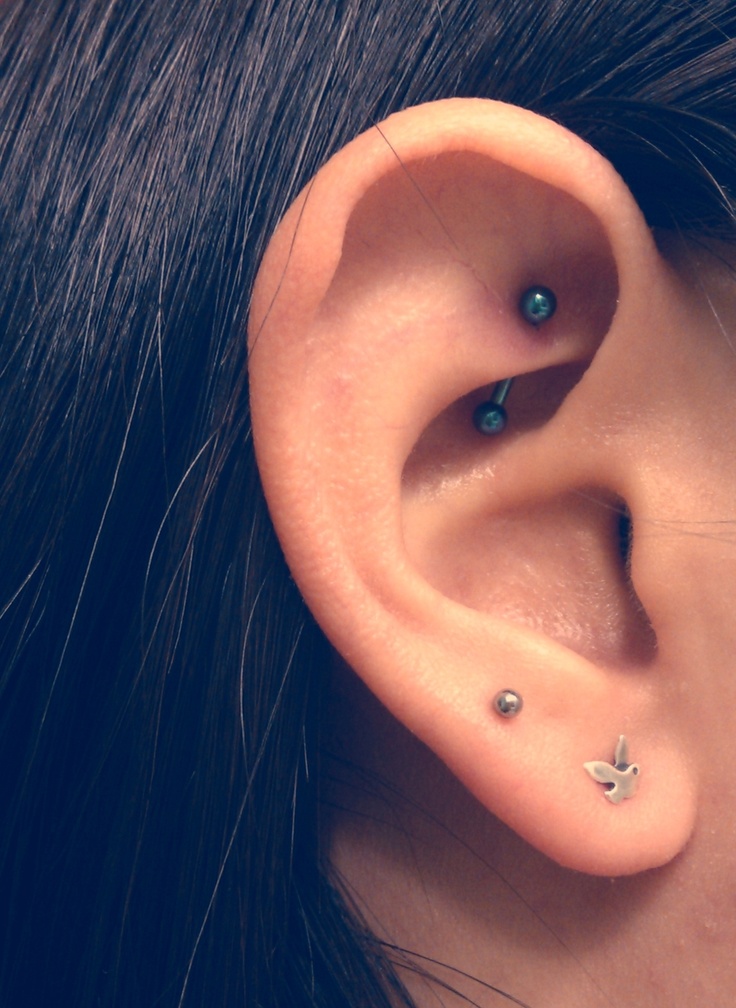
14. Simple Ear Piercing
Ear piercing is a simple procedure that generally takes less than a minute. Some piercers may have special equipment or procedures for young or nervous customers. In most cases, though, it’s simply a matter of cleaning the area, marking it for placement, and then inserting the jewelry.

15. Snug Piercing
Snug piercings are placed on the antihelix part of the ear cartilage. It is essentially the same as a regular helix piercing, except that it is placed higher up, towards the top of the ear. You can have just one or two snug piercings.
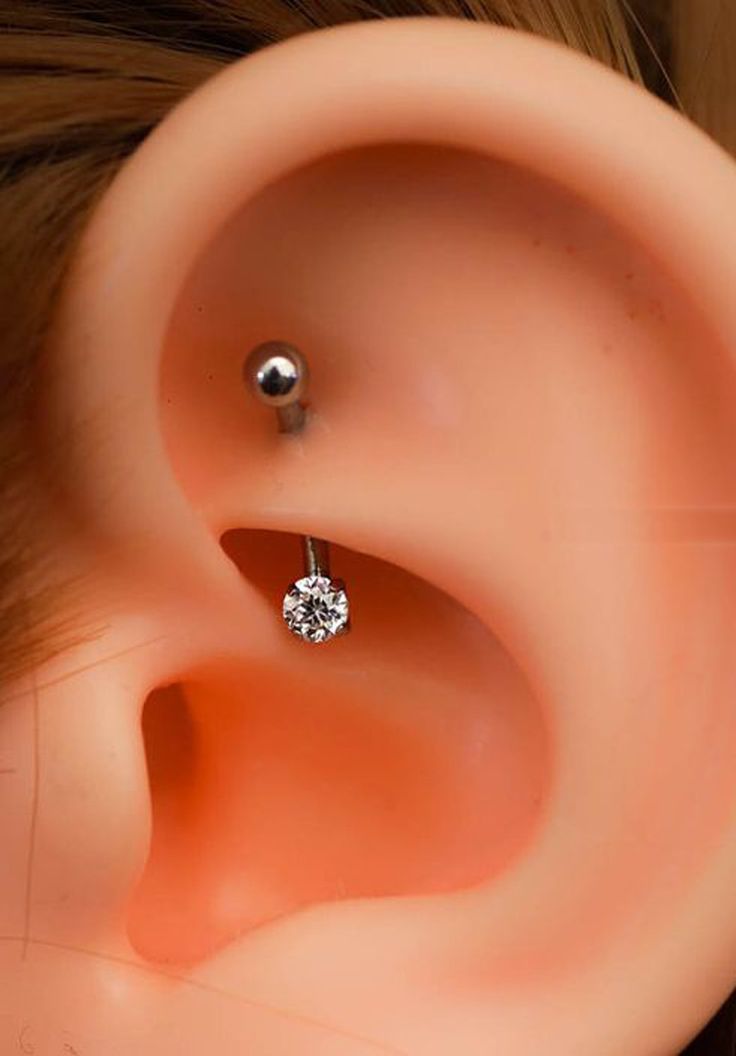
16. Top Ear Piercing
Top ear piercings are, without a doubt, one of the most popular places for a piercing. The upper ear has always been a very attractive placement for piercings as it varies from other parts of the ear and really draws attention.
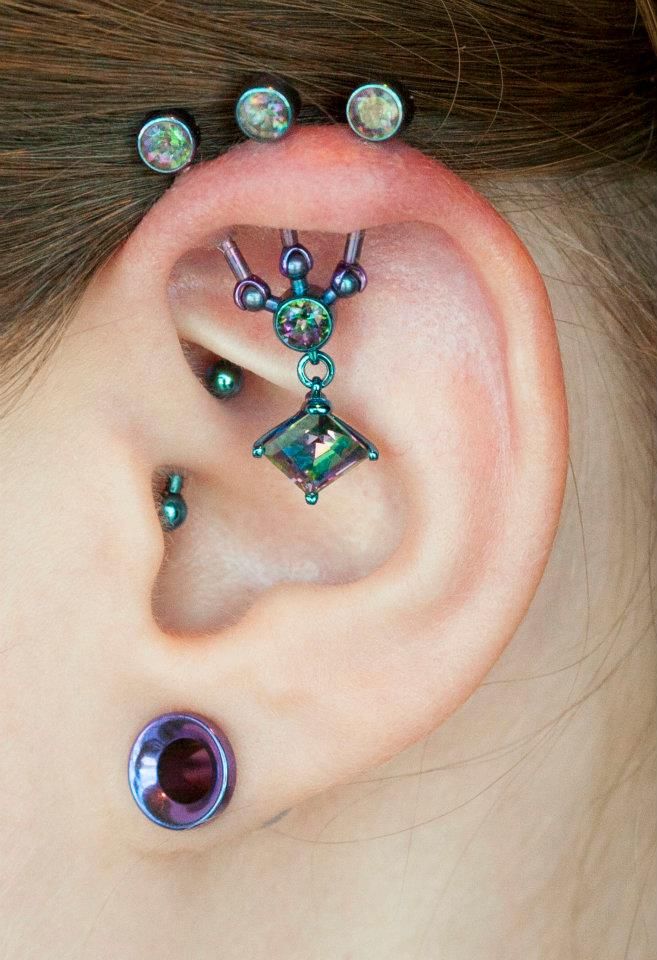
17. Tragus Piercing
The tragus piercing is a relatively new trend that originated in Europe. The tragus is the small flap of cartilage in front of your ear canal. This type of piercing has become more popular because it is quite simple to do and can be fitted with a variety of jewelry.
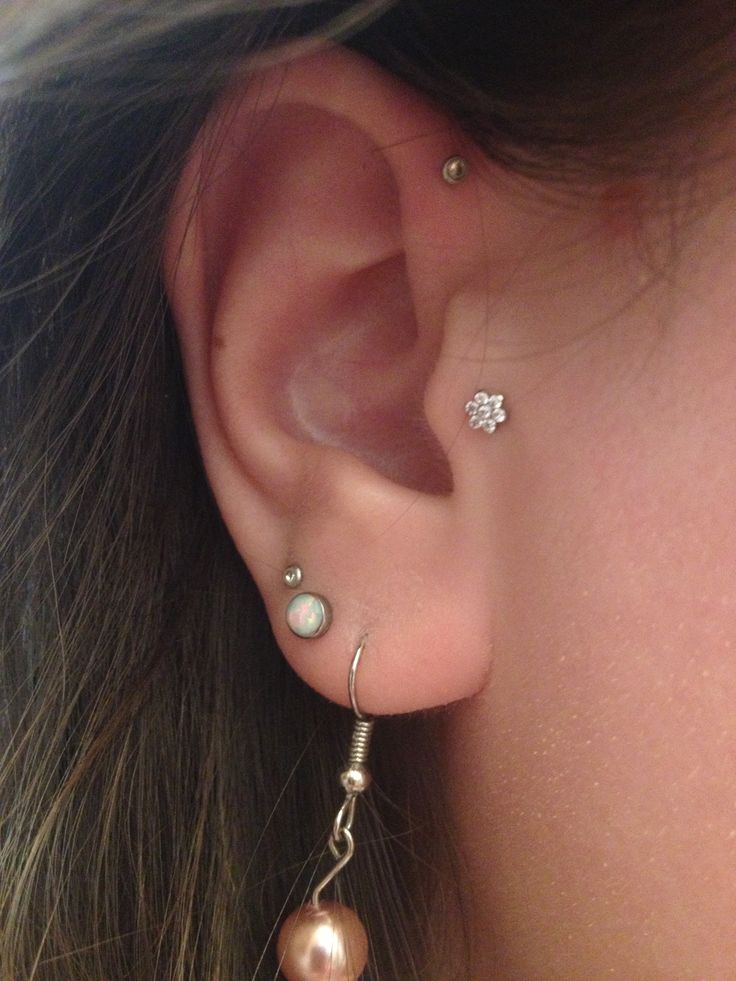
18. Transverse Lobe Piercing
The transverse lobe piercing, also known as the horizontal lobe piercing, is a piercing that runs horizontally through the earlobe. It differs from the standard lobe piercing in that it does not pass from the front to the back of the earlobe. Instead, it passes from one side of the lobe to the other.
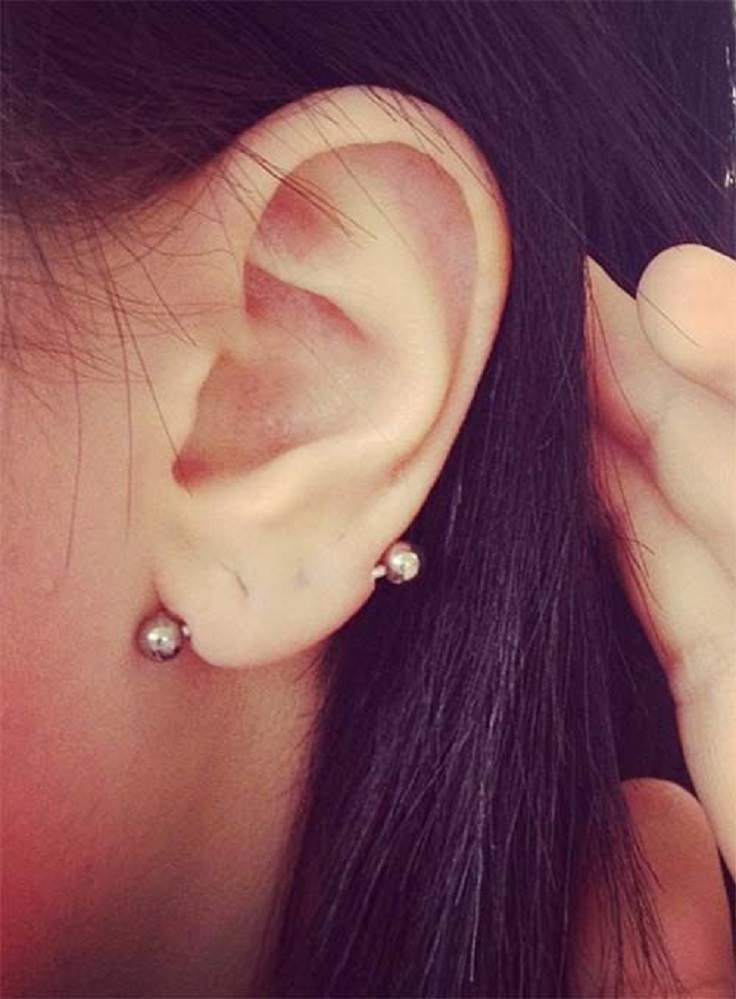
19. Multiple Ear Piercings
Multiple ear piercings have become very trendy and fashionable. Many people choose to get multiple ear piercings to show off their uniqueness and individuality.
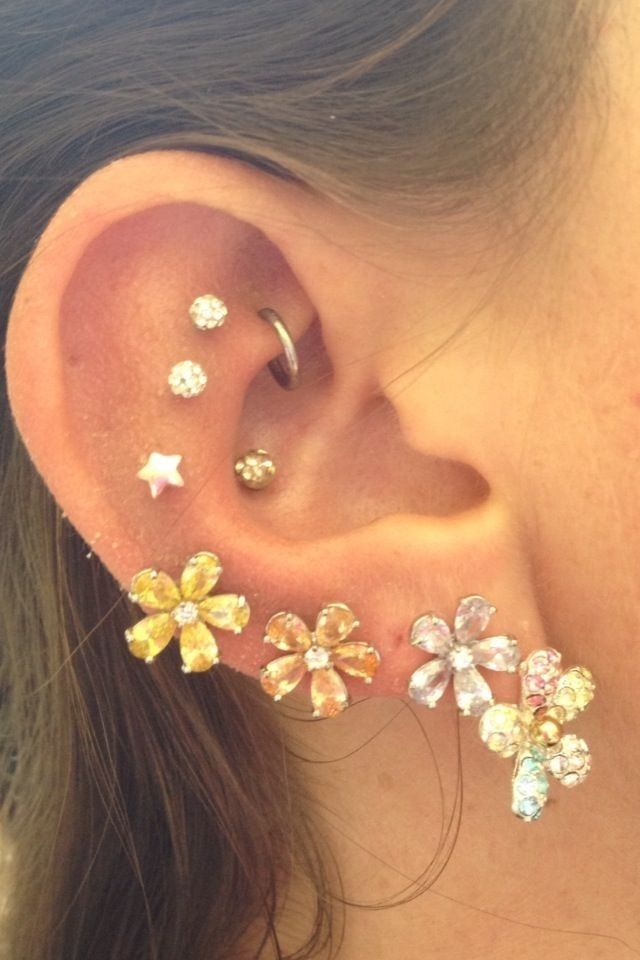
20. Auricle Piercing
The auricle is the outer rim at the top of the ear, and these piercings are placed on that thin strip of cartilage. You’ll see them spaced closely together and then decorated with tiny hoops or studs.
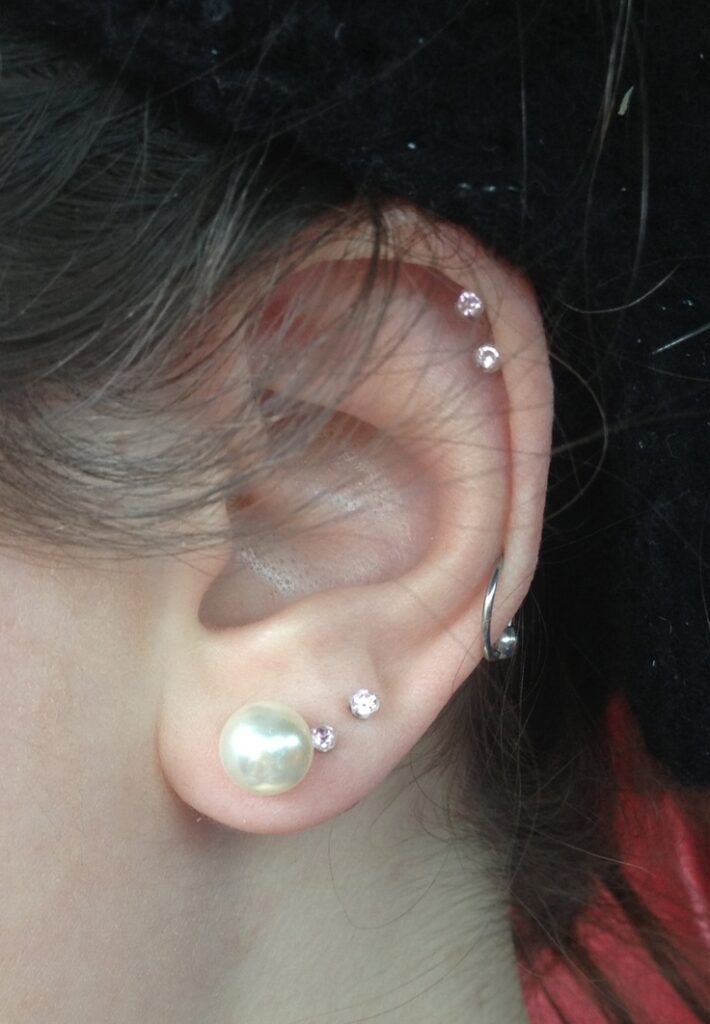
Ear Piercing Types
The lobe is the fleshy bottom part of your ear. It’s also the only part of your ear that’s safe to pierce with a gun. We don’t do that at Claire’s because we’re committed to your safety, so instead we pierce with a sterile needle. Lobe piercings are much more comfortable than gun piercings because they cause minimal trauma to the tissues and don’t smash or tear the skin. The lobe can be pierced just about anywhere along its length, but an underlobe piercing can be especially striking.
The cartilage is the firm tissue that gives your ear its shape and structure. Cartilage piercings are often more painful than lobe piercings, but they heal faster and offer a wide range of jewelry options for a truly unique look. The bigger your ear, the more cartilage you have, which means you can get multiple cartilage piercings! You can even combine them with multiple lobe piercings for a really bold look.

